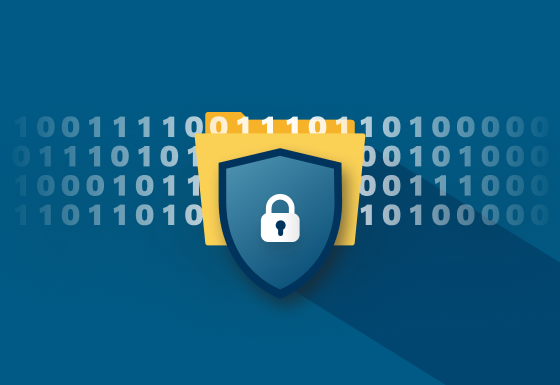You're probably too familiar with the search for the right picture among the chaos that are your folders. Before you have finally found the right one, dozens of minutes have been lost again and secretly you might even curse the thousands of folders. The solution is simple: EXIF data in combination with a DAM.
EXIF data lets you add information to your media that you can use to filter using a digital asset management system. This not only saves you search time, but also helps you play it safe when it comes to copyright and streamlining processes.
What is EXIF Data?
EXIF stands for Exchangeable Image File Format and is based on the JPEG and TIFF image standards. EXIF data is a metadata format that allows additional information to be saved with an image or other media file. Typical EXIF data are:
Date & time of shooting
Exposure settings, focal length & camera model
File format
Image resolution
Copyright information, etc.
In 2023, CIPA decided to add further data in the course of the ongoing development of AI.
The following schemas were added to the EXIF data 3.0:
A schema for adding annotations such as AI learning data or inference results
Adding the original image, which records the shooting scene and retains it even after post-processing
Guidelines on the use of information metadata for post-processing
Adding tags that can describe the name of the editor and the name of the respective editing software
 Extract of the EXIF data in pixx.io
Extract of the EXIF data in pixx.io
What is EXIF 3.0 supposed to support?
Previously, annotations and images were managed in separate data sets, which could lead to confusion due to too many data sets. Now, annotations for the AI use of images can be saved directly in the EXIF data. On the one hand, this should help artificial intelligence to recognize objects more quickly using the corresponding data, and on the other hand, it should give them the opportunity to save this learning data in the EXIF data.
EXIF data should also help to recognize fake images and ensure the authenticity of an image. For this purpose, the original shooting scene is saved in the EXIF data and should also be retained after editing an image under "Original Preservation Image". The description rule for the "ImageUniqueID" was also specified for this purpose, so that authenticity can be assured by both tags.
How to use EXIF files?
Image management with EXIF data using DAM
With EXIF data, you can add information to your media that you can use for filtering with the help of a digital asset management system. This not only saves you search time, but also plays it safe when it comes to copyright and optimizes your processes.
Learn the hacks of professional photographers
Through the EXIF data, you can see all the technical settings that a photographer has used in their images and try to apply the style to your own photos
Save AI learning data
With the update to EXIF 3.0, it is possible to store data for recognizing objects in images. This could be an interesting optimization option, especially in the course of AI search engines. interessante Optimierungsmöglichkeit sein.
Where can I retrieve EXIF data?
In windows, you can right-click on an image file in the settings to view its EXIF files. In case you have attached individual metadata to your image, these are not easily readable in Windows. Alternatively you can extract EXIF data online or simply retrieve and adjust them in the pixx.io DAM.
How to change EXIF data?
Standard EXIF data can be customized in Windows. However, if you want to change a individual EXIF data, looking in the direction of image management software is worthwhile. You can then use it to delete obsolete data from the EXIF data or modify EXIF data.
How can EXIF data help you in your day-to-day business?
With the help of EXIF data you can save time in your media search. All you need is your media and a digital asset management system, like pixx.io, and you can start using your EXIF data productively in no time.
In pixx.io you can also add individual metadata to customize the media search to your needs. For example, you can filter by approvals, licenses, model numbers, etc. and get matching media back.
After reading more about the EXIF metadata format, are you looking to optimize your company workflows with it? Then be sure to test pixx.io for free and see if a DAM pays off for you.
Sources:
About Exif 3.0: https://cipa.jp/std/documents/e/Exif3.0-Overview_E.pdf
Sabrina H.
Sabrina is Content Marketing Manager at pixx.io and draws on a broad experience in online marketing & SEO.




